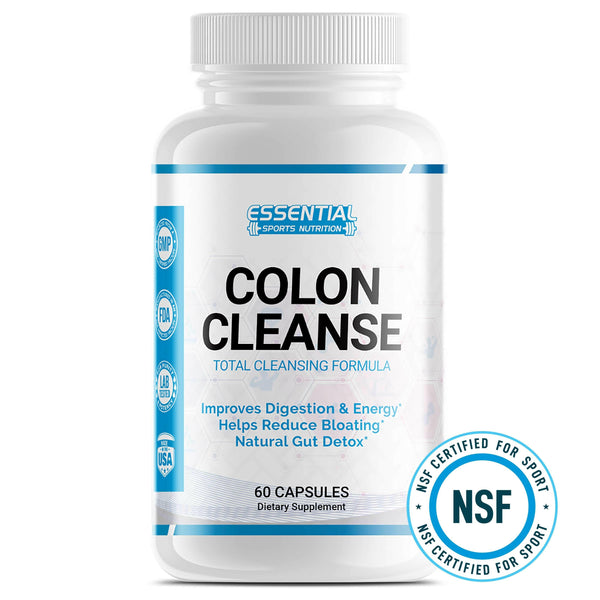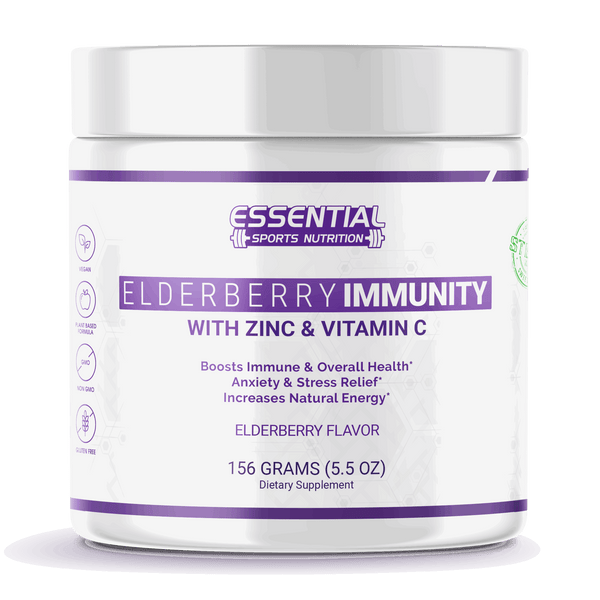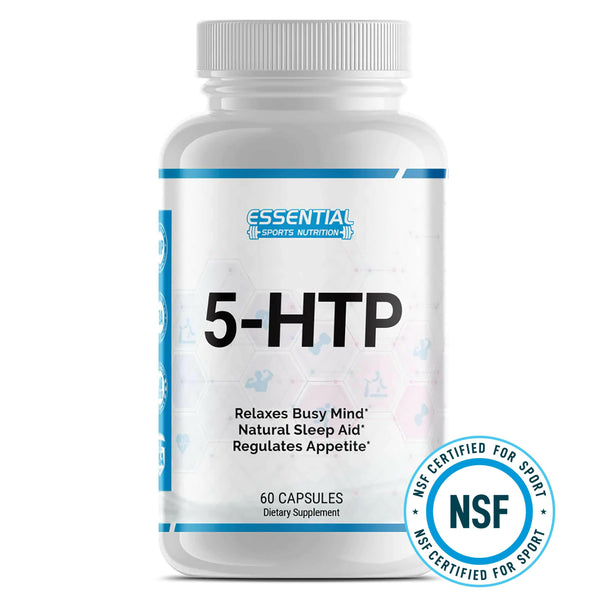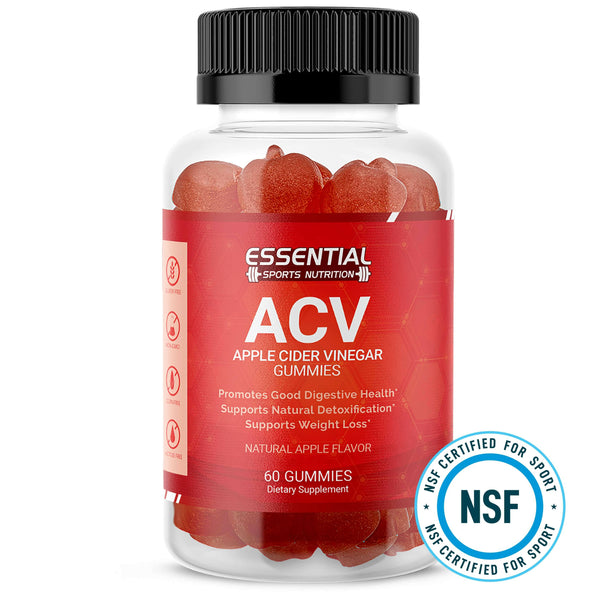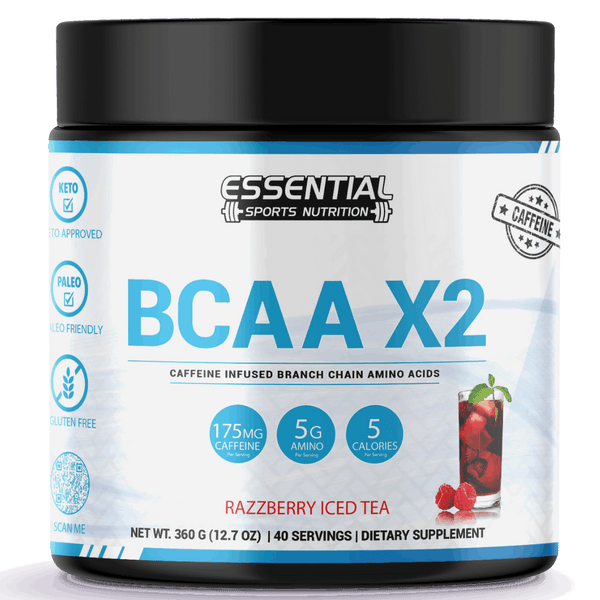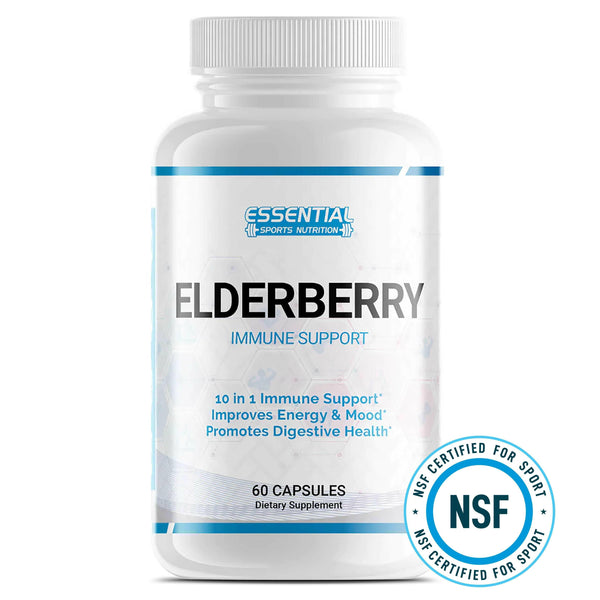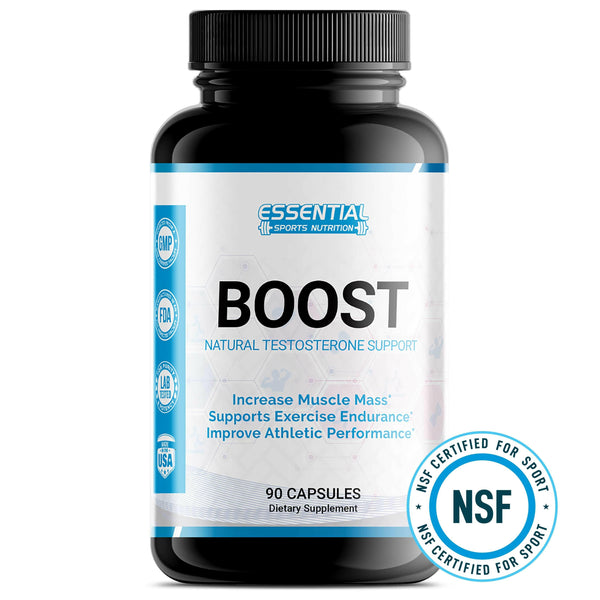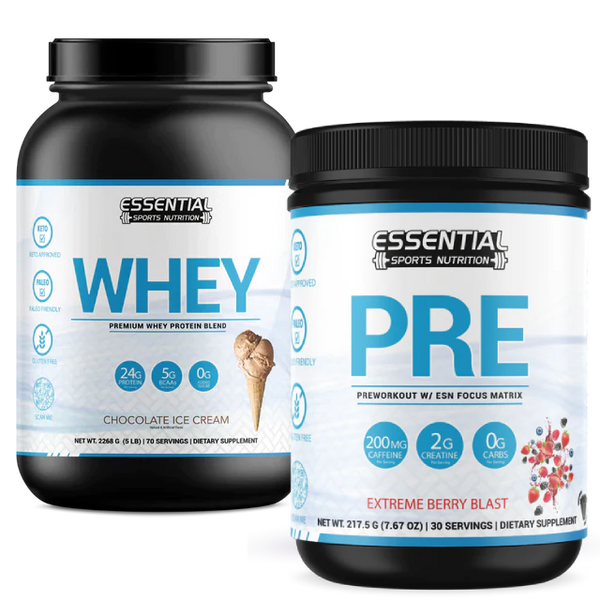Start Your Journey to Health with a Vegetarian Diet Plan
Starting a vegetarian diet is simple with the right approach. Begin by understanding the different types: lacto-ovo includes dairy and eggs, while vegan excludes all animal products. Gradually introduce plant-based proteins like beans, lentils, and tofu. Focus on nutrient-rich foods to guarantee adequate intake of iron, vitamin B12, calcium, and omega-3 fatty acids. Plan balanced meals featuring fruits, vegetables, and whole grains. Consider meal prepping and consulting a dietitian for personalized guidance. Starting with Meatless Mondays and experimenting with recipes can smooth the change. For strategies and sample meal plans, there's more valuable information ahead.

Key Takeaways
-
Begin with Meatless Mondays to gradually reduce meat intake.
-
Diversify your meals with plant-based proteins like tofu, beans, and lentils.
-
Ensure balanced meals with essential nutrients such as iron, vitamin B12, calcium, and omega-3 fatty acids.
-
Incorporate a variety of fruits, vegetables, whole grains, and nuts for a nutrient-rich diet.
-
Consult a dietitian to create a personalized meal plan and ease the transition.
Understanding Vegetarian Diets

To fully embrace a vegetarian diet, it's vital to understand the different types, such as lacto-ovo, vegan, and pescatarian, and their distinct nutritional profiles. A vegan diet is strictly plant-based, excluding all animal products. This means you'll rely heavily on plant-based protein sources like legumes, nuts, and seeds. You'll also need to be mindful of sources of iron and vitamin B12, as these are commonly found in animal products. Fortified foods and supplements can help meet these nutritional needs.
Lacto-ovo vegetarians include dairy and eggs in their diet. This allows for a broader range of protein options and essential nutrients such as vitamin B12 and calcium. Including dairy and eggs can also make it easier to obtain healthy fats.
Pescatarians incorporate fish into their plant-based diet, providing an additional source of omega-3 fatty acids, which are important for heart health. Fish also offers vitamin B12 and high-quality protein.
Regardless of the type of vegetarian diet you choose, exploring meat alternatives like tofu, tempeh, and seitan can diversify your meals. Understanding these variations allows you to tailor your diet to your nutritional needs effectively.
Benefits of a Vegetarian Diet

Switching to a vegetarian diet can greatly reduce your risk of heart disease, certain cancers, and type 2 diabetes. This is largely due to the nutrient-rich nature of plant-based diets, which are abundant in essential nutrients, antioxidants, and fiber. These components boost your overall health and support your immune system. For example, the high fiber content in plant foods helps lower cholesterol levels and stabilize blood sugar, contributing to a lower risk of heart disease and type 2 diabetes.
Additionally, plant-based diets can be effective for weight loss. The high fiber content in vegetables, fruits, and whole grains promotes satiety, making you feel full longer while consuming fewer calories. This can help you manage your weight more effectively without feeling deprived.
A vegetarian diet also offers benefits for skin health. Antioxidants found in plants help reduce inflammation and protect against skin damage, leading to a clearer and more youthful complexion.
Essential Nutrients to Consider

As you shift to a vegetarian diet, it's important to ensure you get all the essential nutrients your body needs to stay healthy. Adequate intake of key nutrients like iron, vitamin B12, calcium, omega-3 fatty acids, and vitamin D is essential.
Iron, found in lentils, spinach, and fortified cereals, is essential for oxygen transport in the blood. Since plant-based iron is less easily absorbed, pairing it with vitamin C-rich foods can enhance absorption. Vitamin B12, critical for nerve function and blood cell production, isn't naturally present in plant foods. Your diet includes fortified plant-based milk, nutritional yeast, or supplements.
To support bone health, focus on calcium-rich foods like tofu, almonds, and leafy greens. Omega-3 fatty acids, crucial for heart and brain health, can be sourced from flaxseeds, chia seeds, walnuts, or algae-based supplements. Lastly, vitamin D, necessary for bone strength and immune function, can be obtained from fortified orange juice, soy milk, or adequate sunlight exposure.
Here's a table summarizing key nutrient sources:
| Nutrient | Sources | Examples |
|---|---|---|
| Iron | Lentils, Spinach | Fortified Cereals |
| Vitamin B12 | Fortified Plant-Based Milk | Nutritional Yeast, Supplements |
| Calcium | Tofu, Almonds | Leafy Greens |
Planning Balanced Meals

When planning balanced meals, it's essential to incorporate a variety of fruits, vegetables, whole grains, and plant-based proteins like beans, lentils, and tofu. Guarantee your meals provide essential nutrients such as calcium, iron, vitamin B-12, protein, and omega-3 fatty acids by following portion guidelines based on a 2,000-calorie diet. To achieve this, consider meal prep strategies that prioritize nutrient diversity and consult with a dietitian for personalized advice.
Essential Nutrient Sources
To effectively plan balanced meals on a vegetarian diet, incorporate protein-rich foods like legumes, tofu, and tempeh to meet your daily requirements. Protein is essential for muscle repair and overall health, and these sources provide essential amino acids that you might otherwise miss.
Don't forget about your iron intake. Iron-rich sources such as lentils, spinach, and fortified cereals are important. Pairing these with vitamin C-rich foods, like oranges or bell peppers, can enhance iron absorption.
For heart health, include plant-based omega-3 fatty acid sources like flaxseeds, chia seeds, and walnuts. These help to maintain cardiovascular well-being, which is often a consideration in any diet.
Vitamin B12 is another nutrient you need to be attentive about. Since it is primarily found in animal products, you'll want to ensure adequate intake through fortified foods or supplements. This is essential for nerve function and the production of DNA and red blood cells.
Lastly, prioritize calcium-rich foods such as tofu, almonds, and leafy greens to support bone health. Meeting your calcium needs is important in a vegetarian diet to maintain strong bones and prevent osteoporosis.
Meal Prep Strategies
Balancing your nutrient intake is just the first step; effective meal prep strategies guarantee that you can consistently enjoy well-rounded, nutritious vegetarian meals throughout the week. Start by planning meals that include a variety of fruits, vegetables, whole grains, and plant-based proteins. This ensures you get essential nutrients like iron and calcium. Iron can be sourced from legumes, tofu, and spinach, while calcium is abundant in leafy greens and fortified plant milks.
Don't forget vitamin B12, important for vegetarians, usually found in fortified foods or supplements. Meal prep helps you stay organized and make healthier choices, saving time and reducing stress. To keep your meals interesting, experiment with different cooking methods and recipes. Roasting, steaming, and stir-frying can add variety and maintain nutrient integrity.
Create a weekly menu and grocery list to streamline your meal prep. Cook in batches and store meals in portioned containers for easy access. Incorporate omega-3-rich foods like chia seeds and walnuts. By staying organized and thoughtful in your meal prep, you can ensure your vegetarian diet is both delicious and nutritionally balanced.
Plant-Based Protein Sources for Vegetarians

Finding adequate protein sources is essential for maintaining a balanced vegetarian diet, and fortunately, there are numerous plant-based options available that can meet your nutritional needs. For vegetarians, beans and lentils are excellent protein sources, offering versatility in various recipes. Tofu is another staple, packed with protein and easy to incorporate into stir-fries, soups, and salads.
Quinoa, chia seeds, and hemp seeds are particularly beneficial as they are complete protein sources, providing all nine essential amino acids. The inclusion of nuts, such as almonds, walnuts, and peanuts, can also greatly boost your protein intake while offering healthy fats.
Additionally, seitan, a wheat-based protein, is a fantastic meat substitute rich in protein. Tempeh and edamame are alternative options that bring diversity to your meals while helping you meet your protein requirements.
Here's a table summarizing some key vegetarian protein sources:
| Protein Source | Protein Content (per 100g) | Notes |
|---|---|---|
| Beans | 7g - 9g | Versatile in soups and stews |
| Lentils | 9g | Great for curries and salads |
| Tofu | 8g | Ideal for stir-fries and soups |
| Quinoa | 4g | Complete protein; use in salads |
| Chia Seeds | 17g | Great in smoothies or yogurt |
| Hemp Seeds | 31g | Sprinkle on salads or oatmeal |
| Seitan | 25g | Excellent meat substitute |
Sample Meal Plans

Wondering how to structure a balanced vegetarian diet? Sample meal plans can help you shift smoothly into a vegetarian lifestyle by providing a clear framework for your daily meals. For breakfast, consider starting with oatmeal topped with fresh fruit, providing a healthy dose of fiber and vitamins. Lunch could feature a quinoa and black bean salad, giving you a robust mix of protein and complex carbs. For dinner, roasted vegetables paired with tofu offer a nutrient-rich conclusion to your day.
In between meals, snacks like Greek yogurt with berries, hummus with veggies, or a handful of nuts can help sustain your energy levels. Customizing vegetarian meal plans based on your individual preferences and dietary needs ensures you're getting a balanced intake of essential nutrients such as protein, iron, and vitamins.
Meal prepping can be a lifesaver during your vegetarian diet shift. By preparing ingredients in advance, you can quickly assemble nutritious meals, even on busy days. Consulting a nutritionist or dietitian can offer personalized guidance, helping you create tailored sample meal plans to meet your specific dietary needs and preferences. This beginner's guide aims to make your vegetarian journey both practical and nutritionally sound.
Shopping List Essentials

To ensure you have all the necessary ingredients for a balanced vegetarian diet, your shopping list should include a diverse array of nutrient-dense foods. Start with a variety of fruits like berries, citrus, and apples. These are rich in antioxidants and fiber, promoting overall health and digestive wellness.
Incorporate leafy greens such as spinach, kale, and Swiss chard for their high content of vitamins and minerals. These greens can be the cornerstone of your vegetarian diet, providing essential nutrients like vitamin A, C, and K.
Whole grains like quinoa, brown rice, and oats are essential for sustained energy. They offer complex carbohydrates and important micronutrients that keep you fueled throughout the day.
For plant-based proteins, look to tofu, tempeh, and beans. These foods are excellent for muscle building and maintaining satiety. Don't overlook pantry staples like nuts, seeds, and legumes. They add nutrition and texture to your meals and are versatile across various recipes.
Here's a quick reference table for your shopping list:
| Fruits | Leafy Greens | Whole Grains |
|---|---|---|
| Berries | Spinach | Quinoa |
| Citrus | Kale | Brown Rice |
| Apples | Swiss Chard | Oats |
Tips for a Smooth Transition

Begin your shift to a vegetarian diet by slowly decreasing your meat intake, such as starting with Meatless Mondays or replacing one meat dish per week. Gradually incorporating meatless meals helps ease the change and allows time to discover delicious plant-based recipes. Focus on filling your plate with colorful fruits and vegetables, whole grains, legumes, nuts, and seeds to guarantee a balanced and satisfying diet.
Experimenting with new dishes is key to finding meatless meals you enjoy. Look up plant-based recipes online, or consider buying a vegetarian cookbook to expand your culinary repertoire. Visiting vegetarian-friendly restaurants in your area can also introduce you to different flavors and meal ideas, making the switch more enjoyable.
For personalized advice, seeking nutritionist guidance is highly recommended. A nutritionist can help you plan balanced meals and ensure you meet all your nutritional needs. Joining online communities can provide additional support and inspiration, connecting you with others who are also making a shift to a vegetarian diet.
Conclusion

Switching to a vegetarian diet can greatly benefit your health and the environment. Did you know that vegetarians have a 24% lower risk of heart disease compared to meat-eaters? By understanding essential nutrients, planning balanced meals, and knowing your protein sources, you're setting yourself up for success. Start small, shop smart, and remember that every step counts. With these tips, you'll find the journey enjoyable and rewarding. Enjoy your new, healthier lifestyle!
Going Vegetarian and Health Benefits FAQs
Q: What are the health benefits of starting a vegetarian diet?
A: Following a vegetarian diet may reduce the risk of certain chronic diseases, improve heart health, aid in weight loss, and provide a range of essential vitamins and minerals.
Q: What are some plant-based sources of protein on a vegetarian diet?
A: Plant-based sources of protein include legumes (beans and lentils), tofu, tempeh, quinoa, nuts, seeds, and whole grains like oats and brown rice.
Q: How can I ensure I am getting enough omega-3 fatty acids on a vegetarian diet?
A: Vegetarian sources of omega-3 fatty acids include flaxseeds, chia seeds, walnuts, hemp seeds, and algae supplements. Including these foods in your diet can help meet your omega-3 needs.
Q: What foods should I include as sources of iron in a vegetarian diet?
A: Plant-based sources of iron include dark leafy greens, lentils, chickpeas, quinoa, tofu, pumpkin seeds, and fortified cereals. Consuming vitamin C-rich foods alongside iron-rich foods can enhance iron absorption.
Q: Can I get enough vitamin B12 on a vegetarian diet?
A: While vitamin B12 is primarily found in animal products, vegetarians can obtain it from fortified foods like plant-based milk, fortified cereals, and nutritional yeast, or through B12 supplements.
Q: Are there specific vegetarian cookbooks available for beginners?
A: There are many vegetarian cookbooks designed for beginners that provide easy and delicious recipes to help you start and maintain a vegetarian lifestyle.
Q: How can a vegetarian diet contribute to healthy eating?
A: A vegetarian diet can promote healthy eating by emphasizing whole, plant-based foods, reducing the intake of processed foods, and increasing the consumption of fruits, vegetables, whole grains, and legumes.
Q: How Do I Start Being a Vegetarian?
A: Start by gradually reducing meat while incorporating more plant-based foods like fruits, vegetables, legumes, and whole grains. Experiment with vegetarian recipes, join communities for support, and guarantee a balanced diet with plant-based protein sources.
Q: What Happens to Your Body When You Go Vegetarian?
A: Ever wondered what happens to your body when you go vegetarian? Due to decreased inflammation, you'll likely experience lower cholesterol, reduced heart disease risk, weight loss, improved digestion, lower blood pressure, and clearer skin.
Q: Can You Lose Weight by Becoming a Vegetarian?
A: Yes, you can lose weight by becoming a vegetarian. Plant-based diets are high in fiber and low in saturated fats, promoting satiety and reducing calorie intake. Studies support that vegetarians generally have lower BMIs and body fat percentages.
Q: How to Transition to a Vegetarian Diet?
A: To switch to a vegetarian diet, gradually reduce meat intake, experiment with different recipes, and seek guidance from communities or dietitians. Educate yourself on plant-based proteins and listen to your body's needs, adjusting as necessary.



